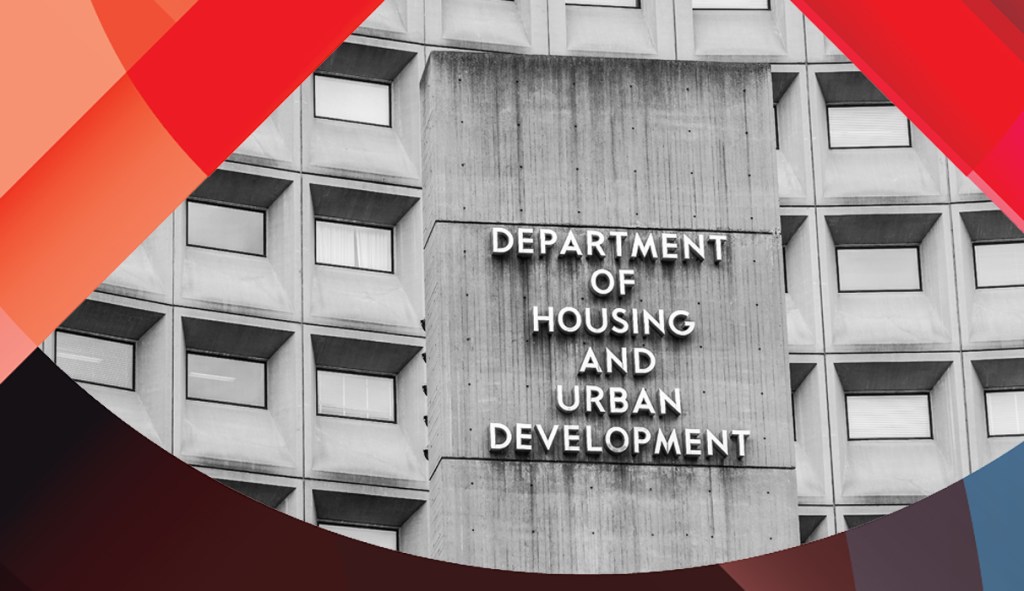
The Department of Housing and Urban Development (HUD) on Tuesday resolved uncertainty around special purpose credit programs, 45 years after Congress allowed lenders to tailor products to groups that have historically been excluded from homeownership.
In a legal memo, HUD stated that SPCPs are allowed under the Fair Housing Act.
“Despite SPCPs’ being specifically authorized under [the Equal Credit Opportunity Act], for too long banks have expressed reticence to establish these programs, some citing concerns that the Fair Housing Act somehow bars what ECOA explicitly permits. Today, HUD is making it clear that certain SPCPs that are lawful under ECOA generally are not barred by the Fair Housing Act,” said HUD Sec. Marcia Fudge, in a missive to her colleagues at the Office of the Comptroller of the Currency, the Consumer Financial Protection Bureau and the Federal Housing Finance Agency.
ECOA prohibits reverse redlining — targeting minority communities for predatory lending — but Congress amended the statute in 1976 to allow for special purpose credit programs.
Lenders had been reluctant to create SPCPs, in part due to uncertainty over whether they would be barred under the Fair Housing Act. For decades, HUD was silent on the matter, which further clouded the issue.
“This was low-hanging fruit,” said Brad Blower, general counsel of the National Community Reinvestment Coalition. “It’s already allowable under the law. Regulators are comfortable with it. It doesn’t have to go through regulatory approval or Congress. It was just a logjam of inertia.”
But a number of reasons besides regulatory uncertainty deterred lenders. Lenders see the documentation requirement — where lenders would provide a rationale for the program’s targeting — as a record of past failings, according to attorneys who represent mortgage lenders.
The Department of Justice, in 2018, ordered a lender to craft a SPCP to settle allegations of redlining, which added to the perception from lenders that SPCPs amount to an admission of wrongdoing.
Fair housing advocates have long called on regulators to do more to encourage lenders to use SCPCs, which they say could start to correct decades of racist federal housing policies.
In a 2020 comment letter to the CFPB on ECOA and Regulation B, Lisa Rice, CEO of the National Fair Housing Alliance, argued for the agency to do more to encourage SPCPs. Rice said that well-intentioned affordable housing programs alone are insufficient.
“We must implement race sensitive policies and programs that directly address the racial wealth gap and are explicitly designed to bring opportunities to those the government and private players explicitly excluded,” Rice wrote.
The CFPB has said it takes a “favorable view of conscientious efforts” to undertake SPCPs. Last year, the CFPB provided guidance on how to craft the programs.
Fair housing advocates, including the NFHA and the NCRC, have also urged the government-sponsored enterprises to develop pilot programs to spur lender adoption of SPCPs.
A spokesperson for the FHFA said the agency was supportive of HUD’s announcement, and looked forward to further understanding what the implications are for the secondary mortgage market and how the enterprises may be able to support lenders that are pursuing [SPCPs] in compliance with fair housing laws.
Whether or not the GSEs decide to encourage lenders to use SPCPs, the programs are complicated to create. Regulators have provided some examples of what SPCPs can look like, although the CFPB does not provide prior approval for programs.
A special purpose credit program can take many forms. It could be a sustainable lending product for a community where a lender has had poor penetration. A mortgage lender could design a program to give favorable terms to borrowers buying property in areas where the median income was below a certain level. A program could take into consideration alternative data, such as rental and utility payments.
Or, as HUD’s Office of Fair Housing and Equal Opportunity suggested in a statement on HUD’s announcement, it could be a program geared toward “first-time home buyers whose parents and grandparents may have been excluded from the housing and credit markets by discriminatory policies.”
That aligns almost exactly with the down payment assistance program in the social infrastructure bill currently fighting its way through Congress. According to Blower, down payment assistance SPCPs in the private sector could indeed dovetail with the federal program.
“It would be amazing if, in addition to the down payment assistance program, the private sector could also put some money in,” Blower said. One version of the federal down payment assistance program would have set aside $100 billion. The current iteration would dedicate $10 billion to assist first-time, first-generation homebuyers.
The post HUD ends silence on targeted lending programs appeared first on HousingWire.
